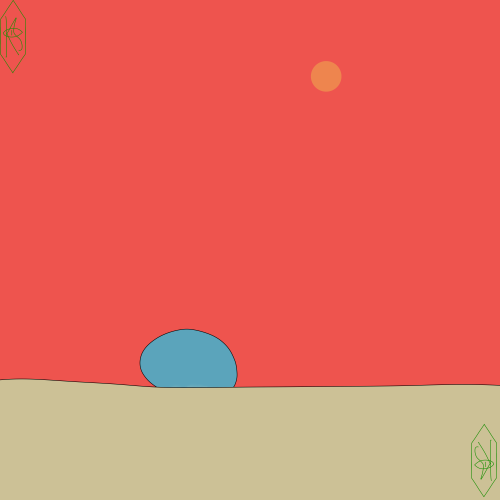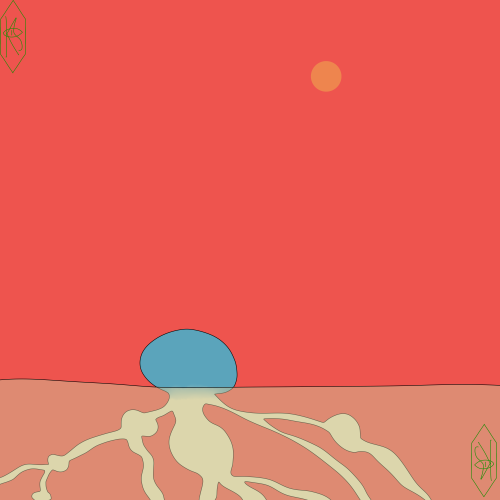A Handful Of The Nocturnal Skeletons Of The Maschoran Forests






a handful of the nocturnal skeletons of the maschoran forests
-
 drawingsphopho liked this · 1 year ago
drawingsphopho liked this · 1 year ago -
 missionluna liked this · 1 year ago
missionluna liked this · 1 year ago -
 maxartsblog liked this · 1 year ago
maxartsblog liked this · 1 year ago
More Posts from Speculative-world

radiciverm, more commonly called a desert worm, are small ostoexoapo which riddle the roots of the sedereamischos in the maschoran deserts, they usually target pachyrodiciphytes due to the nutrient rich tubers which they usually cut off and lay their eggs within so their young can be sheltered from the elements before they mature as well as have a good meal, their forelimbs are shaped like shovels and they use them to help dig between and within root systems, their eyes are small and generally undeveloped being only really capable of seeing distinction in light levels and movement and not much else, which can be a death sentence if they ever end up on the surface, ◗ta farmers in the maschoran deserts have widely considered radiciverm as pests due to them wrecking the tubers and roots of the sedereamischos they farm, though some farmers specifically try to farm said ostoexoapo as a form of food on their own, if you have any questions about this seelenlos please dont be afraid to ask im more than happy to answer


pachyrodiciphytes, more commonly called a tuber lump, these waxy sedereamischos litter the maschoran deserts and function much like telluric pando tree, being a clonal colony, there are still many individual colonies, but regardless a large amount of ramets will litter the surface of the maschoran deserts, under the sand their roots contain many tubers, and many desert dwelling ◗ta in the past used to farm parchyrodiciphytes for said tubers, for both consumption and feed for domesticated seelenlos, many seelenlos native to the maschoran deserts will dig up the sand around tuber lumps and eat said tubers, some organisms subsist entirely off of these tubers, such as desert worms, blight frills, and even young macrodermaderes, if you have any questions about this sedereamischos please dont be afraid to ask i am more than happy to answer

An experimental drawing of The Empress

somacephalus, more commonly called a ammonia skidder, are ostoexoapo which have superficially converged on the mobility of a telluric water skidder, their hindset of limbs are coated in an ammoniaphobic fluid which combined with their posture allows them to stay on the surface of the body of ammonia they live on, they arent very efficient walkers on land and prefer to drag themselves with their foreset of limbs towards the closest body of ammonia, their primary food source is ammonianthus nectar which they use their foreset of limbs to bring up to their proboscis which they will also extend, their foremost forelimbs have evolved into a set of hornlike structures which they use as display as well as anchoring themselves on the cores of ammonianthids while mating and laying eggs, their eggs are very hardy and will be layed on or inside developing ammonianthid fruits and will be swallowed by macrodermaderes and will survive their digestive system and will usually find themselves in another oasis or body of ammonia with many seeds of ammonianthids, their cladistics have been subject to many debates but recent genetic testing and fossil evidence shows they are part of the same clade as brachiodontostoma and xylostomas, branching off just before the common ancestor of those two, if you have any questions about this seelenlos at all please dont be afraid to ask i am more than happy to answer

oviodont, more commonly called a colony destroyer, are thin durable ostoexoapo which will invade brachiodontostoma nests once they mate and inject many brachiodontostoma with eggs using their ovipositor, their in the same clade as other flat ostoexoapo however their shell has become compressed to make themselves durable, having thinner parts of their shell in a form of invisible segmentation, this makes them flexibly mobile and well protected, if theyre lucky they will find an exit of the colony once they finish their attack, and continue with their lives, they usually will attempt to find the monarch of the colony to incubate their eggs and will seek out the foodstores and eat what they find and then attempt to leave, their eggs take 4 days after laying to hatch and the young will then begin to eat the colony from the inside out and the entire group of oviodont young will be able to desimate an entire colony in a matter of hours, once they all mature they will leave the abandoned colony and find a mate to continue the cycle, if you have any questions about this seelenlos please dont be afraid to ask i am more than willing to answer
